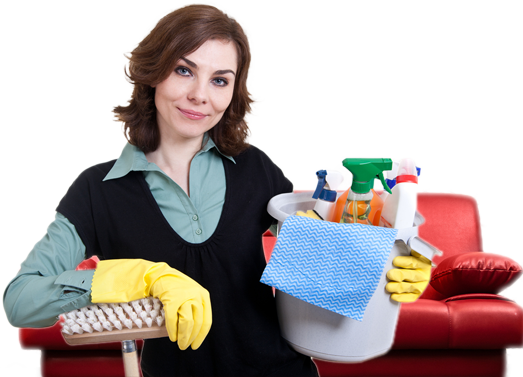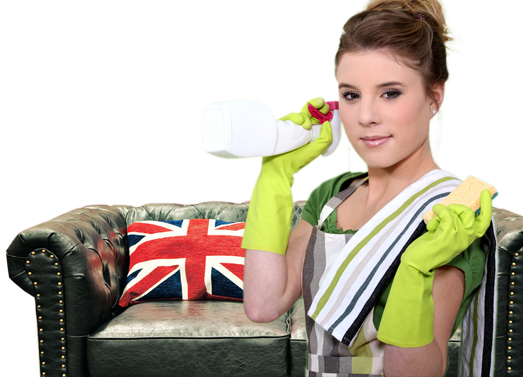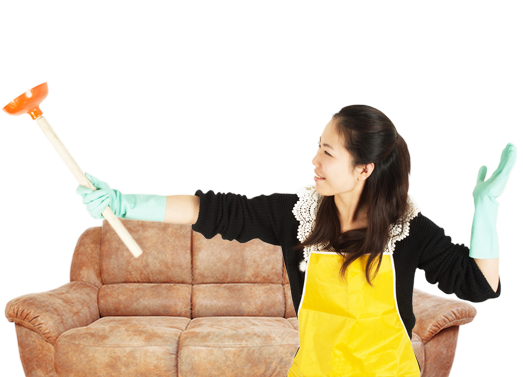Mastering Mold Prevention: Keep Your Bathroom Sparkling
Posted on 30/05/2025
Mastering Mold Prevention: Keep Your Bathroom Sparkling
Introduction to Mold in the Bathroom
Mold prevention in the bathroom is an essential aspect of home maintenance that can't be ignored. With the constant exposure to moisture from showers, baths, and sinks, bathrooms become the perfect breeding ground for mold and mildew. Unchecked, mold not only ruins the aesthetic appeal of your bathroom but also poses health risks, aggravating allergies and respiratory issues. This comprehensive guide will walk you through practical and effective strategies for mastering bathroom mold prevention and keeping your bathroom sparkling clean.
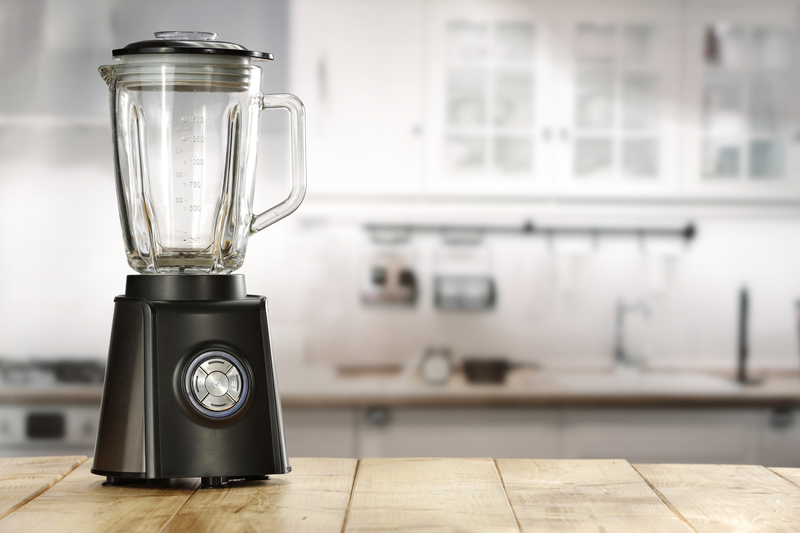
Why Mold Prevention is Critical for Your Bathroom
Bathrooms are inherently humid environments, which makes them a hotbed for fungal growth. Understanding the reasons why mold thrives in bathrooms can help you formulate targeted strategies to eliminate it. Some of the most common factors that contribute to bathroom mold include:
- Insufficient ventilation leading to trapped moisture
- Poor cleaning habits allowing mold spores to set in
- Leaking pipes or faulty seals creating damp areas
- Lack of sunlight, as mold prefers dark spaces
- Use of porous materials that retain water, such as certain grouts and tiles
Health Risks Associated with Bathroom Mold
Exposure to bathroom mold is more than just an eyesore; it can have serious health implications for you and your family. Mold spores can cause:
- Allergic reactions (sneezing, runny nose, red eyes, skin rashes)
- Asthma attacks and irritated airways
- Persistent coughing or wheezing
- Headaches and fatigue
- A worsening of existing lung conditions
Key Strategies for Bathroom Mold Prevention
Mastering mold prevention in your bathroom is achievable with the right tools, habits, and a little vigilance. Let's dive into the steps you should take to ensure your bathroom stays pristine and healthy.
1. Prioritize Ventilation
Ventilation is your first line of defense against mold in the bathroom. Moisture accumulates easily without proper airflow. To maximize ventilation:
- Install a high-quality exhaust fan: Turn it on during and after showers. If possible, use a fan with a humidity sensor.
- Open windows: If your bathroom has windows, keep them slightly open during hot showers to let steam escape.
- Leave doors ajar: After using the bathroom, leave the door open to promote air circulation.
2. Control Humidity Levels
A key aspect of mastering mold control is keeping your bathroom's humidity below 50%. Here's how:
- Use a dehumidifier: In persistently damp bathrooms, a small dehumidifier can be invaluable.
- Monitor humidity: Consider installing a hygrometer to keep an eye on relative humidity.
- Wipe down wet surfaces: Regularly dry shower walls, mirrors, and countertops to reduce moisture.
3. Improve Bathroom Design and Materials
Modern bathroom renovations should focus on mold-resistant materials and thoughtful layouts that discourage water build-up. Consider these upgrades:
- Mold-resistant paint: Use specially formulated bathroom paints that resist fungal growth.
- Non-porous surfaces: Opt for glass, porcelain, or sealed tiles that don't absorb water.
- Waterproof grout and caulk: Apply mold-inhibiting additives in grouts and ensure caulk seals are tight and intact.
4. Create a Regular Cleaning Routine
Developing a systematic and frequent cleaning regimen is crucial for preventing mold buildup. Keep these tips in mind:
- Clean showers and tubs weekly: Use a bathroom cleaner with a fungicide, or a vinegar and water solution.
- Scrub grout and tiles: Pay special attention to tile joints and corners where moisture lingers.
- Don't forget drains: Clogged drains lead to standing water--an invitation for mold. Clean them monthly.
5. Address Plumbing Issues Swiftly
Bathroom leaks are one of the quickest ways for mold to gain a foothold. Preventative action includes:
- Inspect regularly for leaks: Check under sinks, around toilets, and near tubs for any signs of water accumulation.
- Replace deteriorating seals: Cracked caulking and faulty seals can cause hidden leaks.
- Call a plumber: If you suspect a hidden pipe leak, don't delay--professional help is essential.
6. Tackle Mold at the First Sign
If you notice mold developing, even in a small patch, act immediately before it spreads. Here's how to deal with bathroom mold safely:
- Wear gloves and a mask to avoid inhaling spores.
- Scrub affected areas with a mixture of water and detergent, or use a solution of one part bleach to ten parts water.
- Rinse and dry the area thoroughly.
- Dispose of cleaning materials used on moldy surfaces.
7. Declutter and Dry Bathroom Items
Items like sponges, washcloths, and loofahs can trap moisture and harbor mold. Adopt these practices:
- Hang towels and mats to dry completely after use.
- Don't leave wet items in the shower or on the floor.
- Regularly replace or disinfect bath accessories.
Natural vs. Chemical Mold Prevention Methods
You can choose between natural or chemical approaches for ongoing bathroom mold prevention. Each has its benefits.
Natural Mold Prevention Methods
If you prefer eco-friendly and safe approaches, consider:
- Vinegar spray: White vinegar is a proven antifungal agent. Spritz it on tiles and leave for 30-60 minutes before rinsing off.
- Baking soda: This natural cleanser absorbs moisture and deodorizes. Make a paste for stubborn spots.
- Essential oils: Tea tree, lavender, and eucalyptus oils are naturally mold-resistant and leave a fresh scent.
Chemical Mold Prevention Techniques
For severe mold issues, commercial products may be necessary. Popular options include:
- Bleach-based cleaners: Highly effective against mold on non-porous surfaces, but require proper ventilation.
- Ammonia-based sprays: Work on certain surfaces but should never be mixed with bleach.
- Store-bought mold inhibitors: Specially formulated to create a long-lasting barrier against mildew.
Long-Term Mold Prevention Habits
Mold prevention is not a one-time task--it's an ongoing process. Adopting these long-term habits will keep your bathroom sparkling for years to come:
- Keep a squeegee in the shower: Wipe down glass and tiles after each use to eliminate residual water.
- Seal grout and tile annually: Extra water-resistance protects tile joints from moisture intrusion.
- Inspect your bathroom periodically: Catch potential issues--like condensation, water rings, or smell--before they worsen.
- Encourage household participation: Educate your family on removing excess water and reporting leaks.
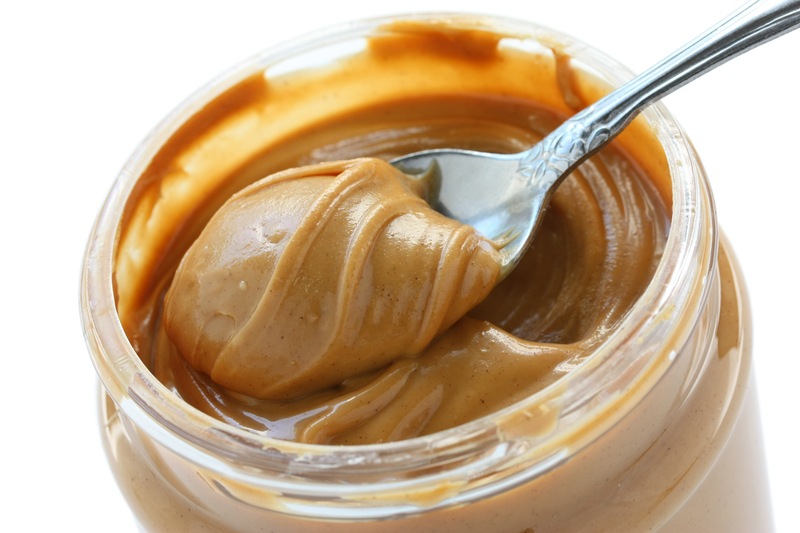
Frequently Asked Questions About Bathroom Mold
- How can I tell if my bathroom has a mold problem?
Look for black, green, or brown patches on tiles, grout, ceilings, or walls. A musty odor is also a common indicator of hidden mold. - Is there a permanent solution to bathroom mold?
With diligent moisture control, thorough cleaning, and proper materials, you can nearly eliminate mold, though ongoing vigilance is always required. - Can houseplants help with bathroom mold?
Certain plants, like ferns and peace lilies, can absorb some humidity. However, overwatering plants can actually support mold, so use with caution. - What should I do if mold keeps returning?
Persistent mold may indicate a deeper issue such as hidden leaks or poor ventilation. Investigate exhaust fans, plumbing, and wall cavities. If needed, consult a mold remediation professional. - What's the difference between mildew and mold?
Mildew is a specific type of mold, usually lighter in color and easier to clean. Both thrive in damp spaces and require similar prevention strategies.
Conclusion: Keep Your Bathroom Sparkling with Master Mold Prevention
Preventing mold is not just about keeping your bathroom looking its best--it's about safeguarding your health, preserving your home's value, and creating a welcoming environment. By embracing these bathroom mold prevention strategies, you're not only ensuring a sparkling, clean space but also protecting your loved ones from the hazards of hidden mold. Remember, regular maintenance, quick action, and effective products are the building blocks to mastering mold prevention in your home.
Start implementing these tips today and enjoy a mold-free, sparkling bathroom for years to come!


